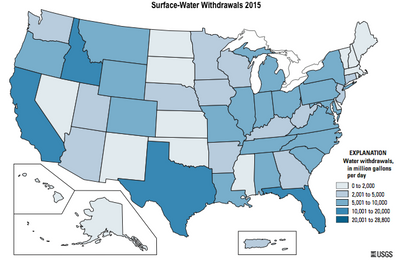Analies Dyjak | Policy Nerd
October 4, 2018- Elon Musk and The Musk Foundation confirmed a donation of $480,350 to Flint, Michigan Community Schools in hopes of addressing lead contamination in drinking water. Flint is one of many school districts across the country that has been working hard to generate long-term solutions for lead contamination in drinking water. This article examines whether the proposed filtration technology will effectively remove lead from drinking water.
How Will The Funding Be Used?
Musk initially announced the filters would comply with FDA’s 5 parts per billion standard (which is actually the standard for lead in bottled water), instead of EPA’s 15 part per billion Action Level. While definitely lower than EPA's threshold, the American Academy of Pediatrics and Center for Disease Control have both acknowledged that there is no safe level of lead for children. The Musk Foundation has not released the exact type of water filters Flint, Michigan Community Schools plans to use. Press releases have indicated some type of ultraviolet filtration system.
What Is UV Water Filtration?
Ultraviolet filtration eliminates biological contamination from drinking water. This includes bacteria, viruses, and harmful microorganisms like E.coli. The idea behind UV filtration is it prevents microorganisms from reproducing, by striking each individual cell. It’s comparable to and often more effective than using chlorine to kill bacterial contamination.
Does UV Filtration Filter Lead?
No. While UV filters are great at removing biological contamination from drinking water, they have several limitations. UV filters by themselves are not able to remove chemical contaminants including Volatile Organic Compounds, chlorine, lead, mercury and other heavy metals. To remove chemical contaminants (including lead), a UV-based system would need to be paired with lead removal media or reverse osmosis.
Our Take
Contrary to a lot of media reports, UV filters do not remove lead from water, so we're hoping that the UV is paired with a system that removes lead. We also hope that the filters are installed at the point of use, because water treated by a point of entry filter can accumulate lead in any pipe "downstream" of the filtration unit.
Other Article We Think You Might Enjoy:Why Are So Many Schools Testing Positive For Lead In Drinking Water?
Volatile Organic Compounds: What You Need To Know
Lead In Drinking Water
Heavy Metal Toxicity and Contamination







